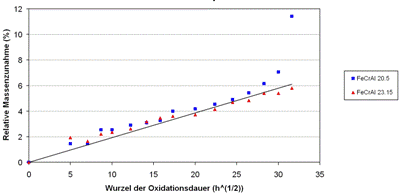Applications and Properties of Metal Fibre Structures


Application possibilities of single fibres and sintered fibre structures can be found in the following areas, for example:
• Environmental Technology, Filtration and Catalysis
Catalyst carrier in automotive engineering or in the catalytic post-combustion of pollutant gases, hot gas filtration at temperatures of 900 to 1100 °C, selective oxidation for the production of precursors and active substances, burner surfaces for exhaust gas flares.
• Heat Exchange, Heat Storage, Heat and Cold Generation
Aluminium fibre structures for adsorption chillers with extremely high volumetric power density, highly dynamic phase-change heat accumulators, recuperators, regenerators for stirling engines, heat absorbing structures for explosion protection with pressure relief, burner surfaces insensitive to impact and thermal shock for highly modulable porous surface burners.
• Civil Engineering, Mechanical Engineering
Elements for structure-borne sound decoupling and vibration damping, sound absorption.
Further Information:
 Fraunhofer Institute for Manufacturing Technology and Advanced Materials IFAM
Fraunhofer Institute for Manufacturing Technology and Advanced Materials IFAM
